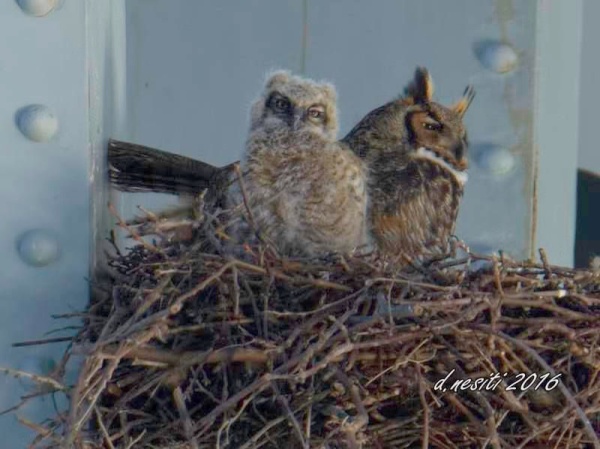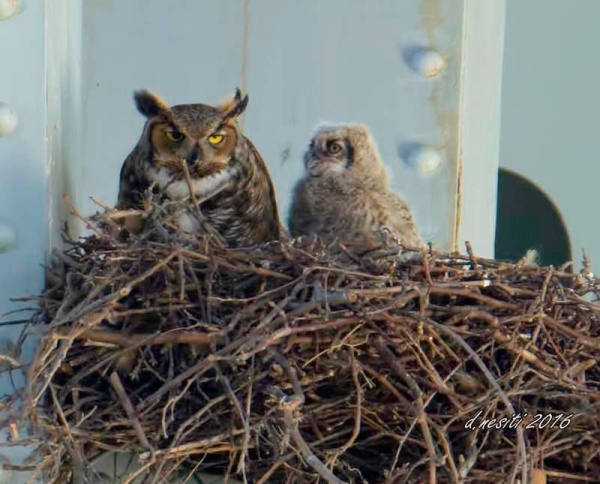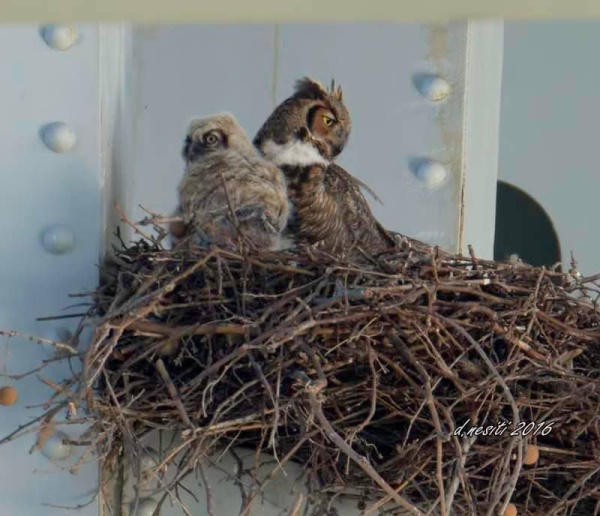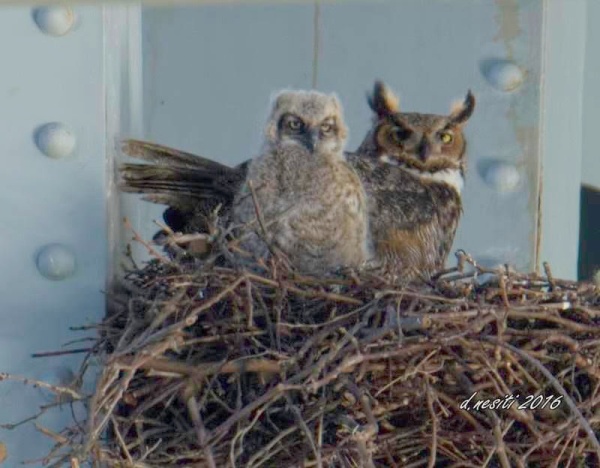
Last Friday I hiked the Gull Point Trail at Presque Isle State Park with Mary Birdsong, Sarah Sargent and Julie Dell. Last winter’s storms blew down trees, eroded the northern shoreline, and inundated the trail but Friday was Mary’s second shorebird monitoring trip so she’d already found the best way to get to the Point.
Before we left for the park, Mary said I’d need knee-high waterproof boots. I don’t own any, so she loaned me her extra boots shown on the left. They are really tall, nearly up to my knees with a 13.5″ shaft. Mary has true knee-high muck boots with (probably) a 16″ shaft, like those pictured on the right.

It took us a long time to get to Gull Point on the driest route. As Julie walked ahead of me I felt great about my borrowed boots. They were perfect!

And then we got to this spot.

As you can see, the water really is knee high.

I picked my way with my hiking stick and then … uh oh! The water overtopped my boots and rushed into both of them.
On dry land I pulled off the boots and dumped them out, wrung out my socks and put everything back on. Sarah’s calf-high boots were inundated too but she changed into her hiking boots (see them over her shoulder). Mary and Julie were fine with their 16″ knee boots.
The water was just 1″ higher than 13.5″ boots could bear. I’m not sure why Lake Erie is so high right now but if it gets deeper the 16″ boots will be too short as well.
If you’re venturing to Gull Point, be prepared.
Squish, squish.
I’m glad I wore wool socks.
(photos by Kate St. John; Camouflage Muck boots photo from the Original Muck Boot Company)
p.s. Check out Mary Birdsong’s blog: Feather, Spade and Spoon














